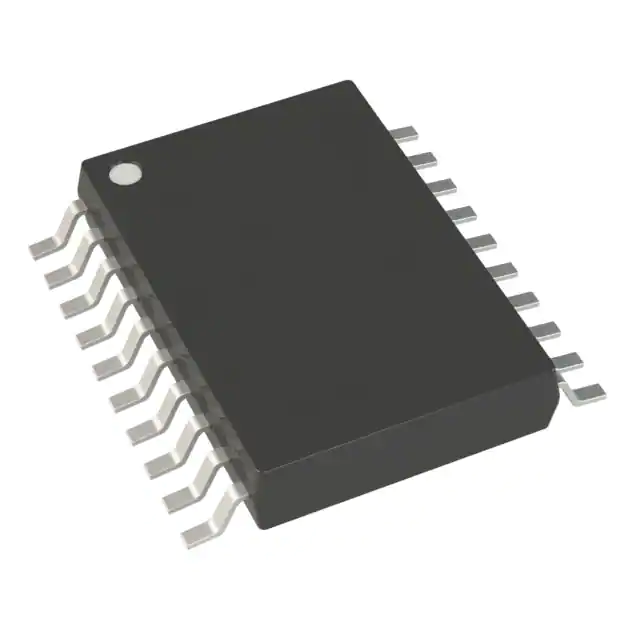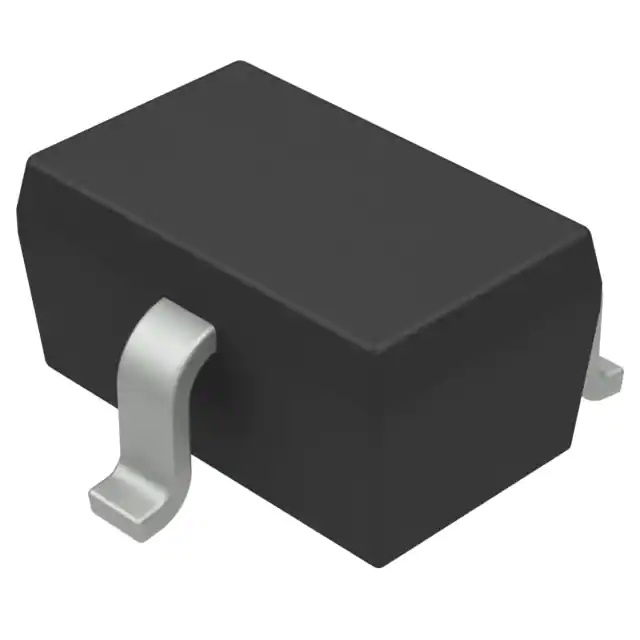Hello! now About Us
Welcome to DCZY!
New customer?Start here.
All Categories
- Integrated Circuits (ICs)
- Audio Special Purpose
- Clock/Timing - Application Specific
- Clock/Timing - Clock Buffers, Drivers
- Clock/Timing - Clock Generators, PLLs, Frequency Sy…
- Clock/Timing - Delay Lines
- Clock/Timing - IC Batteries
- Clock/Timing - Programmable Timers and Oscillators
- Clock/Timing - Real Time Clocks
- Data Acquisition - ADCs/DACs - Special Purpose
- Data Acquisition - Analog Front End (AFE)
- Data Acquisition - Analog to Digital Converters (AD…
- Data Acquisition - Digital Potentiometers
- Data Acquisition - Digital to Analog Converters (DA…
- Data Acquisition - Touch Screen Controllers
- Embedded - CPLDs (Complex Programmable Logic Device…
- Embedded - DSP (Digital Signal Processors)
- Embedded - FPGAs (Field Programmable Gate Array)
- Embedded - FPGAs (Field Programmable Gate Array) wi…
- Embedded - Microcontrollers
- Embedded - Microcontrollers - Application Specific
- Embedded - Microprocessors
- Embedded - PLDs (Programmable Logic Device)
- Embedded - System On Chip (SoC)
- Interface - Analog Switches - Special Purpose
- Interface - Analog Switches, Multiplexers, Demultip…
- Interface - CODECs
- Interface - Controllers
- Interface - Direct Digital Synthesis (DDS)
- Interface - Drivers, Receivers, Transceivers
- Interface - Encoders, Decoders, Converters
- Interface - Filters - Active
- Interface - I/O Expanders
- Interface - Modems - ICs and Modules
- Discrete Semiconductor Products
- Diodes - Bridge Rectifiers
- Diodes - Rectifiers - Arrays
- Diodes-Rectifiers-Single
- Diodes - RF
- Diodes - Variable Capacitance (Varicaps, Varactors)…
- Diodes - Zener - Arrays
- Diodes - Zener - Single
- Power Driver Modules
- Thyristors - DIACs, SIDACs
- Thyristors - SCRs
- Thyristors - SCRs - Modules
- Thyristors - TRIACs
- Transistors - Bipolar (BJT) - Arrays
- Transistors - Bipolar (BJT) - Arrays, Pre-Biased
- Transistors - Bipolar (BJT) - RF
- Transistors - Bipolar (BJT) - Single
- Transistors - Bipolar (BJT) - Single, Pre-Biased
- Transistors - FETs, MOSFETs - Arrays
- Transistors - FETs, MOSFETs - RF
- Transistors - FETs, MOSFETs - Single
- Transistors - IGBTs - Arrays
- Transistors - IGBTs - Modules
- Transistors - IGBTs - Single
- Transistors - JFETs
- Transistors - Programmable Unijunction
- Transistors - Special Purpose
- Diodes - Rectifier - Module
- Diodes - TVS
- Transistors - General Purpose
- Thyristor Surge Suppressors
- Diodes
- MOSFETs - Low Voltage Power
- MOSFETs-Small Signal
- Circuit Protection
- Thermal Cutoffs (Thermal Fuses and Breakers)
- TVS - Varistors, MOVs
- TVS - Thyristors
- TVS - Surge Protection Devices (SPDs)
- TVS - Mixed Technology
- TVS - Diodes
- Surge Suppression ICs
- PTC Resettable Fuses
- Lighting Protection
- Inrush Current Limiters (ICL)
- Ground Fault Circuit Interrupter GFCI
- Gas Discharge Tube Arresters (GDT)
- Fuses
- Fuseholders
- Electrical, Specialty Fuses
- Circuit Breakers
- Accessories
- Inductors, Coils, Chokes
- Isolators
- Resistors
- Relays
- Capacitors
- Ceramic Capacitors
- Tantalum Capacitors
- Trimmers, Variable Capacitors
- Thin Film Capacitors
- Tantalum - Polymer Capacitors
- Silicon Capacitors
- Niobium Oxide Capacitors
- Mica and PTFE Capacitors
- Film Capacitors
- Electric Double Layer Capacitors (EDLC), Supercapac…
- Capacitor Networks, Arrays
- Aluminum Electrolytic Capacitors
- Aluminum - Polymer Capacitors
- Accessories
- RF/IF and RFID
- Attenuators
- Balun
- RF Accessories
- RF Amplifiers
- RF Demodulators
- RF Detectors
- RF Directional Coupler
- RF Front End (LNA + PA)
- RF Misc ICs and Modules
- RF Mixers
- RF Modulators
- RF Power Controller ICs
- RF Power Dividers/Splitters
- RF Receiver, Transmitter, and Transceiver Finished …
- RF Receivers
- RF Shields
- RF Switches
- RF Transceiver ICs
- RF Transceiver Modules
- RF Transmitters
- RFI and EMI - Contacts, Fingerstock and Gaskets
- RFI and EMI - Shielding and Absorbing Materials
- RFID Accessories
- RFID Antennas
- RFID Reader Modules
- RFID Transponders, Tags
- RFID, RF Access, Monitoring ICs
- RF Antennas
- RF Circulators and Isolators
- RF Multiplexers
- Subscriber Identification Module (SIM) Cards
- Audio Products
- Sensors, Transducers
- Accessories
- Amplifiers
- Capacitive Touch Sensors, Proximity Sensor ICs
- Color Sensors
- Current Transducers
- Dust Sensors
- Encoders
- Float, Level Sensors
- Flow Sensors
- Force Sensors
- Gas Sensors
- Humidity, Moisture Sensors
- Image Sensors, Camera
- IrDA Transceiver Modules
- Magnetic Sensors - Compass, Magnetic Field (Modules…
- Magnetic Sensors - Linear, Compass (ICs)
- Magnetic Sensors - Position, Proximity, Speed (Modu…
- Magnetic Sensors - Switches (Solid State)
- Magnets - Multi Purpose
- Magnets - Sensor Matched
- Motion Sensors - Accelerometers
- Motion Sensors - Gyroscopes
- Motion Sensors - IMUs (Inertial Measurement Units)
- Motion Sensors - Inclinometers
- Motion Sensors - Optical
- Motion Sensors - Tilt Switches
- Motion Sensors - Vibration
- Multifunction
- Optical Sensors - Ambient Light, IR, UV Sensors
- Optical Sensors - Distance Measuring
- Optical Sensors - Photo Detectors - CdS Cells
- Optical Sensors - Photo Detectors - Logic Output
- Optical Sensors - Photo Detectors - Remote Receiver…
- Industrial Supplies
- Dock and Warehouse - Mirrors
- Carts and Trucks - Carts, Trucks, Jacks, and Dollie…
- Dock and Warehouse - Air Curtain Doors
- Dock and Warehouse - Dock Equipment
- Dock and Warehouse - Ladders, Steps, and Platforms
- Electrical - Cords, Wires and Accessories
- Electrical - Generators
- Electrical - Lighting Accessories
- Electrical - Lighting
- Fans - Agricultural, Dock and Exhaust
- Fans - Blowers and Floor Dryers
- Fans - Components - Motors
- Fans - Components and Accessories
- Fans - Household, Office and Pedestal Fans
- HVAC - Air Conditioners
- HVAC - Air Filters
- HVAC - Air Handlers, Furnaces
- HVAC - Air Purifiers, Dehumidifiers and Humidifiers…
- HVAC - Heaters
- HVAC - Parts and Accessories
- Janitorial and Maintenance Products
- Maintenance - Air Compressor Tools and Accessories
- Maintenance - Magnets
- Maintenance - Mats
- Office Equipment - File Cabinets, Bookcases
- Office Equipment - Food Storage and Preparation
- Office Equipment - Office Supplies
- Office Equipment - Water Fountains and Refilling St…
- Office Furniture - Partitions and Accessories
- Office Furniture - Safes, Secure Storage
- Office Furniture - Tables
- Outdoor Products - Bikes, Racks and Locks
- Outdoor Products - Canopies, Shelters and Sheds
More product categories >>
High-Performance Isolated Transceivers: Empowering Industrial Communication to New Heights
3/14/2025 2:10:47 AM
In today's rapidly evolving industrial automation and intelligent manufacturing sectors, the reliability and stability of communication technologies are key factors in ensuring the efficient operation of systems. High-performance isolated transceivers, as a core component of industrial communication, are now bringing industrial communication to new heights with their outstanding performance and highly integrated design.
I. Technological Breakthrough: The Perfect Combination of Integration and High Performance
Traditional isolated transceivers have faced many challenges in design, such as the need for external isolated power supplies, weak interference resistance, limited ESD and surge withstand capabilities, etc. These issues are particularly prominent in complex industrial environments. However, with continuous technological advancements, high-performance isolated transceivers have successfully overcome these challenges. For example, the CA-IS2092A (RS-485) and CA-IS2062A (CAN) isolated transceivers launched by Shanghai Chipanalog Microelectronics not only integrate high-performance isolation and DC-DC power conversion functions but also achieve high interference resistance and wide operating temperature ranges.
These new-generation transceivers adopt advanced silicon dioxide (SiO₂) insulation barrier isolation technology, capable of withstanding an isolation voltage of up to 2.5kVRMS and featuring ±150kV/μs common-mode transient immunity (CMTI). Even in high-noise environments, they can maintain the integrity and stability of data transmission. Moreover, they support connections of up to 256 devices on a single bus, significantly enhancing the flexibility and scalability of communication systems.
II. Application Expansion: Empowering Intelligence Upgrades across Multiple Fields
The emergence of high-performance isolated transceivers has brought significant changes to multiple fields, including industrial automation, intelligent buildings, new energy vehicles, and photovoltaic energy storage. In industrial automation, these transceivers are widely used in scenarios such as PLCs, DCS remote I/O, and frequency converter controls, effectively enhancing the interference resistance and communication stability of systems. In the field of new energy vehicles, isolated transceivers are used in BMS battery management systems and onboard CAN communications, ensuring the safety of data transmission under complex operating conditions.
Additionally, intelligent building systems such as elevators, HVAC, and surveillance systems have become smarter and more efficient with the integration of high-performance isolated transceivers. In photovoltaic and energy storage systems, the high reliability and interference resistance of isolated transceivers make them ideal choices for photovoltaic inverters and energy management systems (EMS).
III. Future Outlook: Driving Continuous Evolution of Industrial Communication
With the ongoing development of Industrial Internet of Things (IIoT) and intelligent manufacturing, the requirements for industrial communication are also increasing. High-performance isolated transceivers, with their high integration, strong interference resistance, and wide temperature ranges, are becoming a core component in the field of industrial communication. In the future, as technology continues to break through, these transceivers are expected to achieve higher data transmission rates and lower power consumption, bringing higher performance and lower costs to industrial communication systems.
At the same time, with the gradual popularization of 5G and next-generation communication technologies, high-performance isolated transceivers will be deeply integrated with these new technologies, further driving industrial communication toward a direction of intelligence, efficiency, and reliability.
In summary, the emergence of high-performance isolated transceivers has not only solved many pain points of traditional transceivers but also brought industrial communication to new heights. Their widespread application in fields such as industrial automation, new energy, and intelligent buildings is driving the entire industrial communication industry toward a more efficient and reliable future.
Tags:
Transceiver
Latest Products
-
AD9834BRUZ
Analog Devices Inc.
-
BAV99W,135
Nexperia USA Inc.
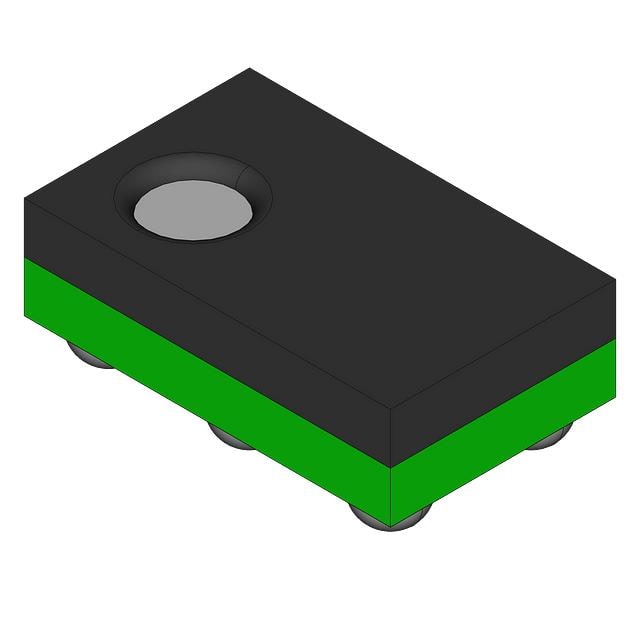
-
IP5002CX8/P135
NXP USA Inc.
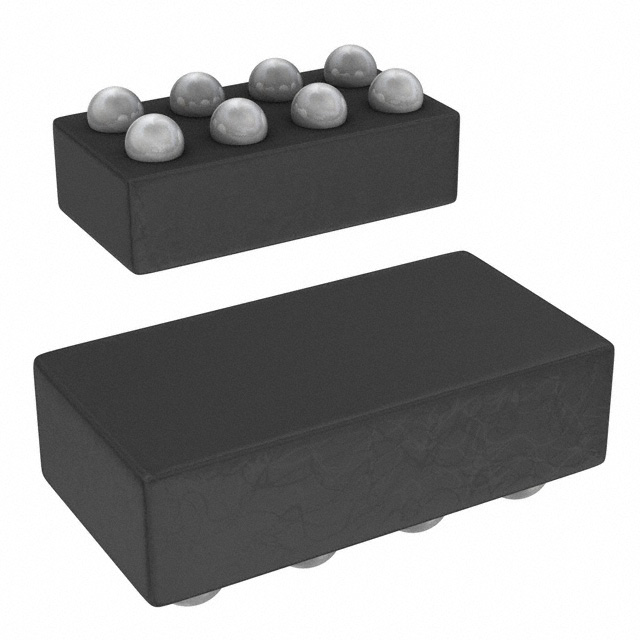
-
ADAU7002ACBZ-RL
Analog Devices Inc.
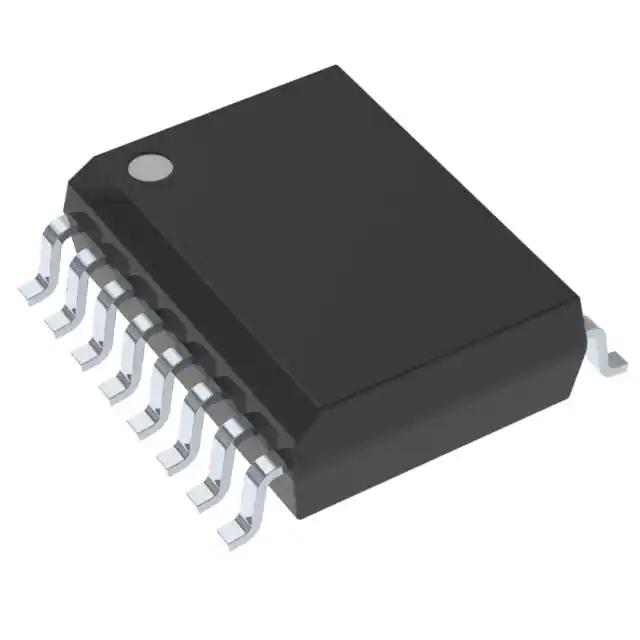
-
PGA2320IDW
Texas Instruments
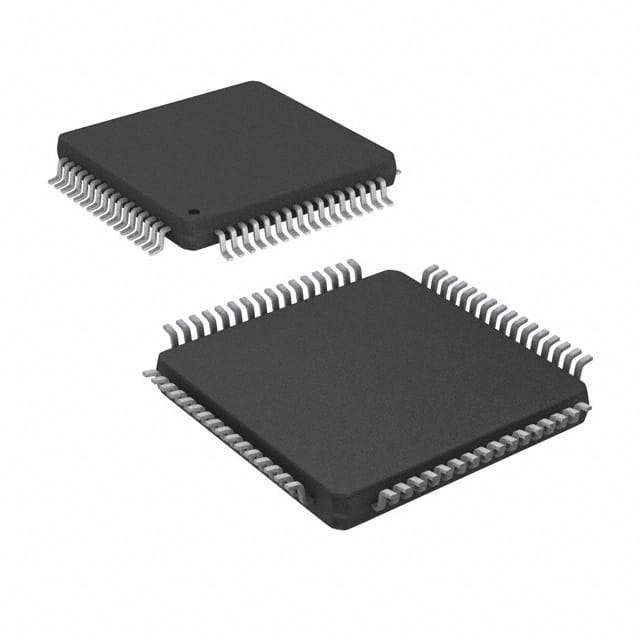
-
SRC4184IPAG
Texas Instruments
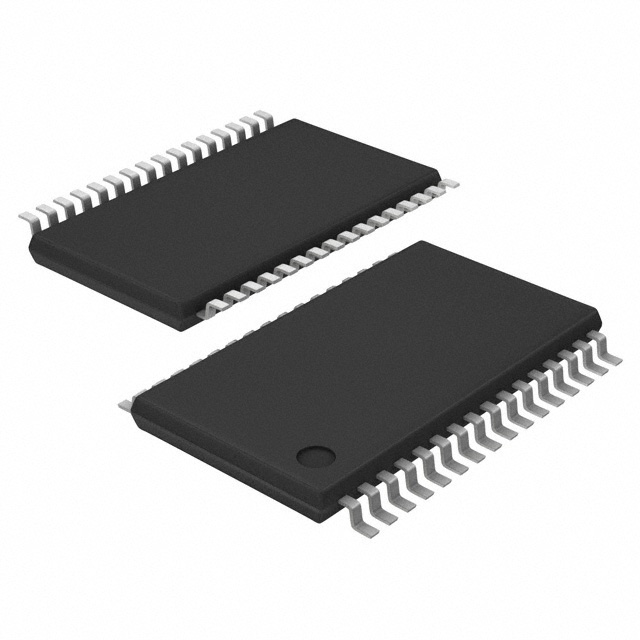
-
MUSES72320V-TE2
Nisshinbo Micro Devices Inc.
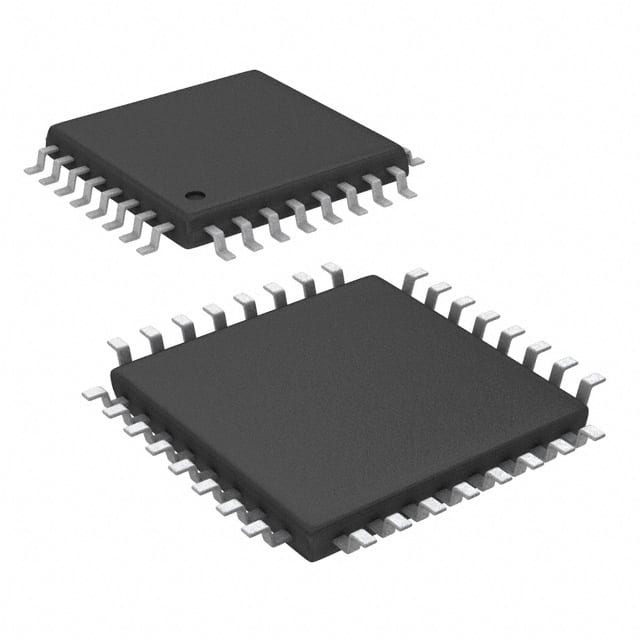
-
PCM2706CPJT
Texas Instruments

- Help you to save your cost and time.

- Reliable package for your goods.

- Fast Reliable Delivery to save time.

- Quality premium after-sale service.
 Upload BOM
Upload BOM

